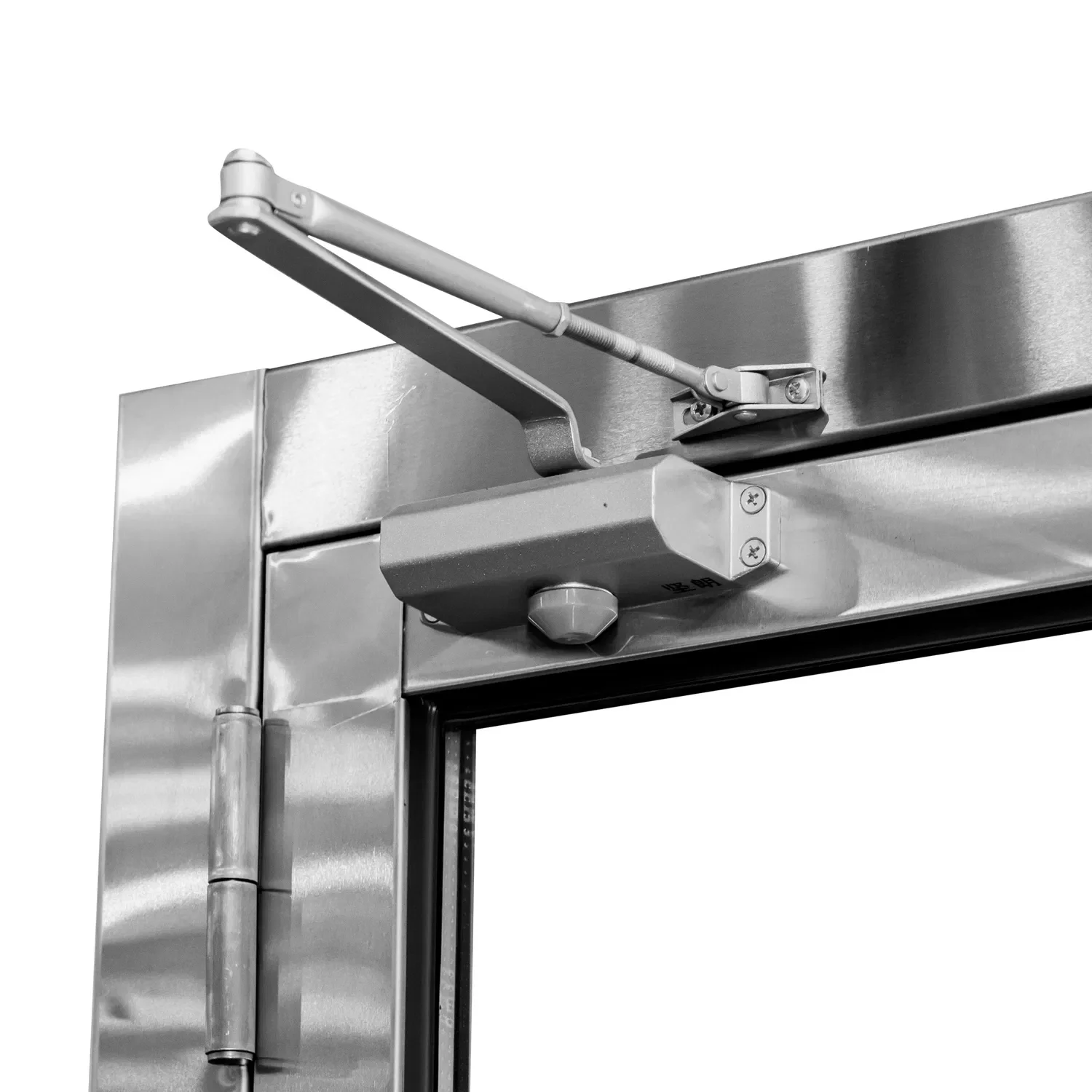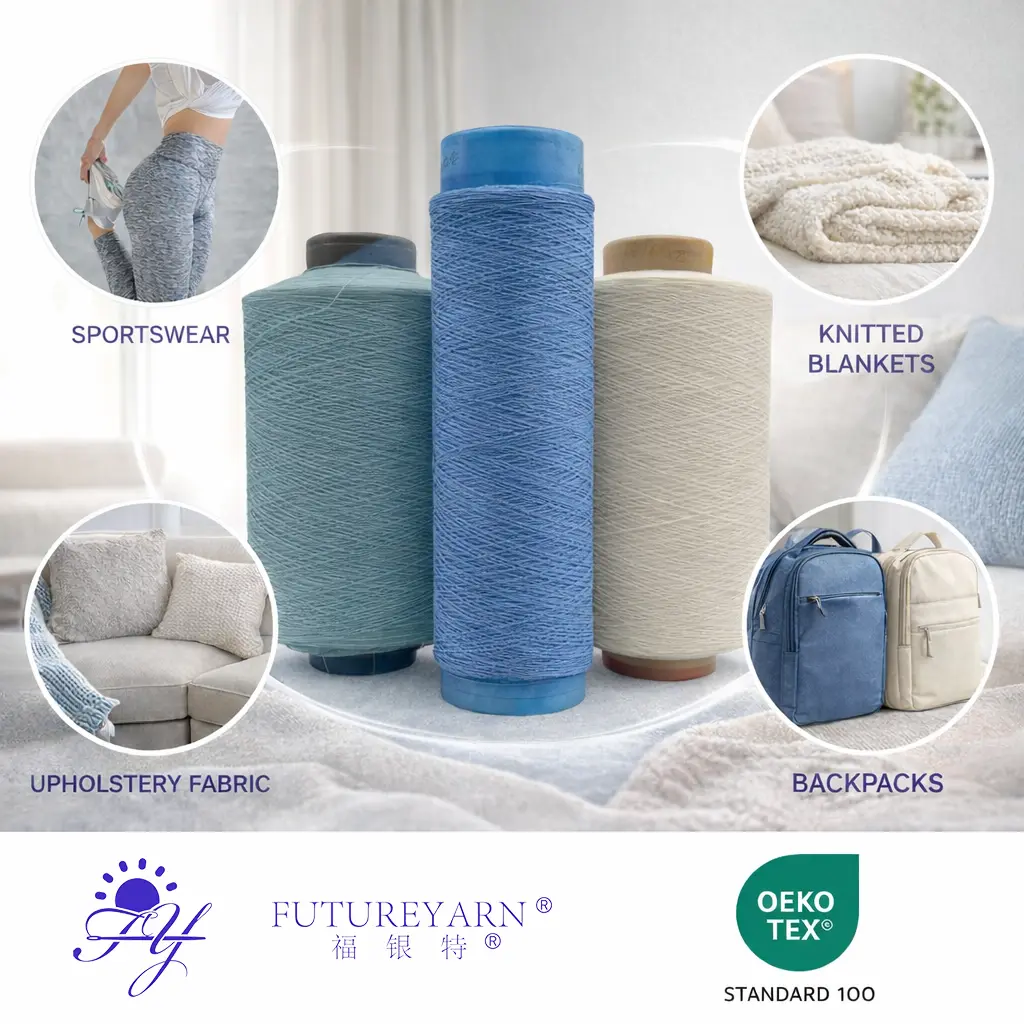In the realm of engineering and design, the selection of materials is critical, particularly when it comes to thermal management. The question, What is the best metal for heat insulation? is not merely a matter of choosing a material; it involves understanding the intricate balance between thermal conductivity, cost, weight, and application-specific requirements. This article delves into the properties of various metals, their thermal insulation capabilities, and practical applications, providing a nuanced perspective for professionals in the field.
Understanding Thermal Conductivity
Before we explore specific metals, it’s essential to grasp the concept of thermal conductivity. This property measures a material's ability to conduct heat. Metals, in general, have high thermal conductivity, making them less effective as insulators compared to non-metallic materials like ceramics or polymers. However, certain metals can still play a significant role in thermal management systems, especially when combined with insulation techniques.
Key Metals and Their Thermal Properties
- Aluminum
- Thermal Conductivity: Approximately 205 W/m·K
- Applications: Due to its lightweight nature and good thermal conductivity, aluminum is often used in heat exchangers and automotive applications. While it is not a traditional insulator, its ability to dissipate heat quickly makes it valuable in systems where rapid heat transfer is necessary.
- Insulation Techniques: When combined with insulating materials, aluminum can effectively manage heat flow in applications like HVAC systems.
- Copper
- Thermal Conductivity: Approximately 385 W/m·K
- Applications: Known for its exceptional thermal conductivity, copper is frequently used in electrical wiring and heat sinks. However, its high conductivity means it is not suitable for applications requiring heat retention.
- Insulation Techniques: Copper can be used in conjunction with thermal barriers to control heat flow in sensitive environments.
- Stainless Steel
- Thermal Conductivity: Approximately 16 W/m·K
- Applications: Stainless steel is often chosen for its corrosion resistance and strength. Its lower thermal conductivity compared to aluminum and copper makes it a better candidate for applications requiring some level of heat insulation, such as in kitchen appliances and industrial equipment.
- Insulation Techniques: Utilizing stainless steel with insulating coatings can enhance its thermal performance.
- Titanium
- Thermal Conductivity: Approximately 22 W/m·K
- Applications: Titanium is renowned for its strength-to-weight ratio and corrosion resistance. Its relatively low thermal conductivity makes it suitable for aerospace applications where thermal insulation is critical.
- Insulation Techniques: Titanium components can be coated with insulating materials to further enhance their thermal management capabilities.
- Zinc
- Thermal Conductivity: Approximately 116 W/m·K
- Applications: Zinc is often used in galvanizing steel to prevent corrosion. While not a primary choice for thermal insulation, its moderate conductivity can be beneficial in specific applications where some heat dissipation is required.
- Insulation Techniques: Zinc can be paired with insulating layers to create effective thermal barriers in construction materials.
The Role of Composite Materials
While metals alone may not provide optimal heat insulation, the combination of metals with insulating materials can yield superior results. Composite materials, which integrate metals with polymers or ceramics, can significantly enhance thermal resistance. For instance, metal foams or metal matrix composites can offer unique properties that balance strength, weight, and thermal insulation.
Conclusion: Choosing the Right Metal for Heat Insulation
The determination of the best metal for heat insulation ultimately depends on the specific application and performance requirements. While metals like aluminum and copper excel in thermal conductivity, they may not be ideal for insulation purposes. Conversely, metals such as stainless steel and titanium offer better thermal resistance and can be effectively utilized in applications where heat insulation is paramount.


